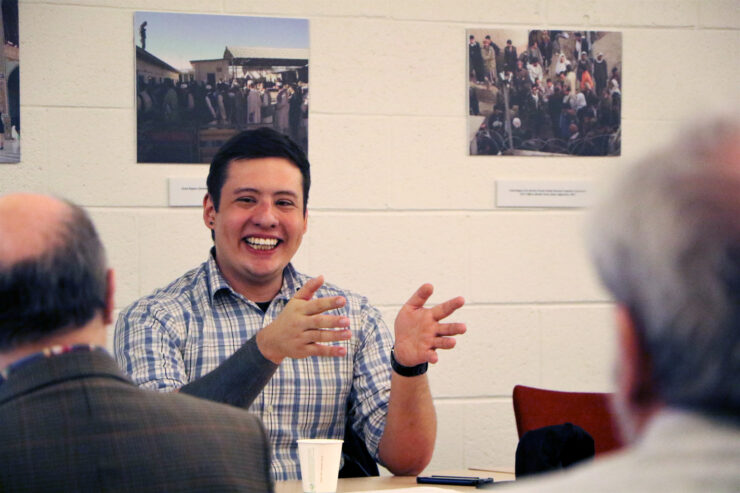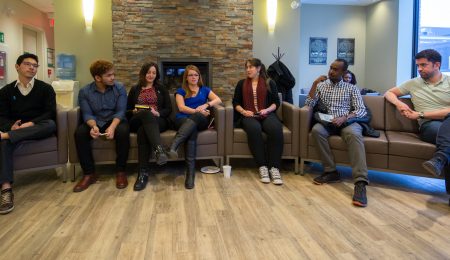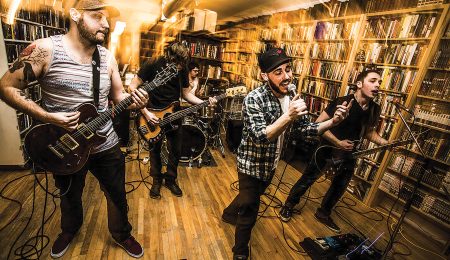How one researcher is bringing back the Tuscarora language
How can you bring back a language from the brink of extinction? What do you do if there’s only one truly fluent speaker of a language left on the planet—and he’s 93 years old?
These are the questions that Monty Hill, a member of the Tuscarora nation and PhD candidate at the University of Buffalo, works to solve every day. And he’s making more progress than you might think.
On Tuesday, March 20, Hill gave a talk at the University of Ottawa, organized by the Human Rights Research and Education Centre, the Aboriginal Resource Centre, the Institute of Canadian and Aboriginal Studies, and the U of O.
The talk, called “Life and Death of Languages,” looked in extreme detail at how Hill and his team are working to revitalize the Tuscarora language, which has only one truly fluent speaker remaining.
In an interview with the Fulcrum, Hill noted that he had never planned on breathing new life into languages, or even pursuing linguistics.
“I grew up on the Tuscarora Nation Indian reservation, and for a while I didn’t realize that we were the only Tuscarora speaking community,” he said. “It just didn’t really click that you get to learn knowledge of this language that maybe only five people, twenty people in the entire world actually know.”
He said that when he started university, he was in an entirely different field, computer science.
“I happened to get mandated to take a course on what you call cultural perspectives, and it all just sort of came together,” he said. “It was like ‘whoa, I’m in a really unique situation and position, and for some reason it just never occurred to me that I was.”
After that, he adjusted course, and started studying the Tuscarora language. Even though there’s only one fully fluent speaker remaining, Hill said he had a lot of other resources to work with.
“Our languages were languages of commerce during the formation of the United States and Canada, so a lot of people were fluent in our languages,” he said. Hill added that all kinds of records of the language exist, from dictionaries and word lists to recordings of people speaking.
As he and his team continue reviving the language, Hill said he’s interested to see how it will be adopted.
“We have a lot of tradesmen and union people, and ironworkers, plumbers, electricians, and so on, so it’s going to be interesting to see how they will start talking about their particular trade in the language.”
Hill stressed that he doesn’t want to force anyone to use it, only give them the choice.
“We can’t control what people are going to do with their language, but one of the things that’s affecting our people nowadays is this loss of identity, because of the boarding schools and all of this other trauma that they’ve had to deal with.”
“And so what we’d like to do is use this language as an opportunity to heal. And you know not necessarily everyone is ready to heal, and not necessarily everyone sees language as a way to heal,” he said. “But they might go and participate in some of our singing groups, or they might participate in some hunting groups, or some other traditional practices that will come along as we start doing the language more and we put more resources into re-acquiring the language.”





